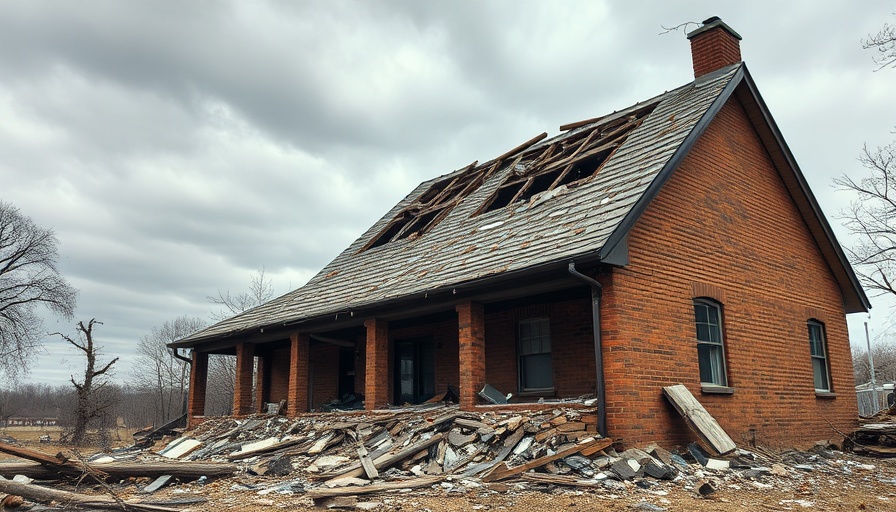
Building Resilience in Today's Construction
The construction industry is experiencing significant challenges as it adapts to the realities of climate change. With extreme weather events like hurricanes, floods, and wildfires becoming more common, the demand for resilient buildings has surged. Homeowners, in particular, need to understand how to navigate these challenges to ensure their properties withstand the elements.
1. Adopting Strong Building Codes
One of the most effective means of overcoming construction challenges is through robust building codes. Areas with stringent safety regulations see better performance during natural disasters. For instance, Japan's commitment to following strict guidelines has resulted in better structural integrity during earthquakes. When homeowners choose contractors who are well-versed in these codes, they invest in a safer living environment.
2. Utilizing Durable Materials
The materials used in construction can significantly impact how a building withstands extreme weather. Homeowners should look for contractors who offer advanced materials like impact-resistant glass and reinforced concrete. Not only do these materials improve a property's resilience, but they also decrease long-term maintenance costs, making them a wise investment for any homeowner.
3. Incorporating Passive Survivability Features
There is immense value in passive survivability features, which help maintain a home's critical functions during power outages or extreme conditions. This approach minimizes reliance on energy sources, ensuring that simple comforts—like heating during winter storms—remain intact. These features can potentially make your home both safer and more energy-efficient.
4. Embracing Community-Led Resilience Initiatives
As homeowners, joining forces with neighbors can amplify resilience efforts. Community workshops can educate residents about best practices for preparing for extreme weather, such as proper drainage systems and landscaping that can resist erosion. By pooling resources, homeowners can support one another in building stronger, more resilient neighborhoods.
5. Recognizing the Human Element
Beyond structural strategies, it's essential to foster a culture of preparedness within families. Simple actions, like creating emergency plans, can significantly enhance a household's response to unexpected weather events. By valuing the human aspect of resilience, homeowners cultivate a space where family members feel secure and prepared.
As you consider your own home improvements, keep these strategies in mind. Acknowledging the intersection between construction challenges and community resilience is vital for creating safe, durable homes.
Investing in resilient construction not only protects lives but also nurtures a thriving community willing to adapt to changing environmental conditions. Let's work together to ensure our homes are resilient for future generations!
 Add Row
Add Row  Add
Add 




Write A Comment